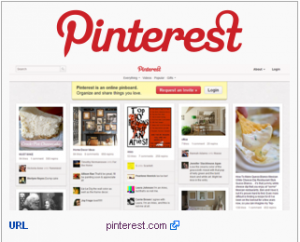 Relationship marketing is getting simpler with inexpensive tools. Yesterday I got one of those ‘Send-Out’ cards in the mail from a colleague whose webinar I attended. It’s a great way to practice the fine art of relationship marketing. Send-Out cards, although printed, look as if they’re hand-written, and can be used to get the attention of prospects. More often than not, they aren’t, however.
Relationship marketing is getting simpler with inexpensive tools. Yesterday I got one of those ‘Send-Out’ cards in the mail from a colleague whose webinar I attended. It’s a great way to practice the fine art of relationship marketing. Send-Out cards, although printed, look as if they’re hand-written, and can be used to get the attention of prospects. More often than not, they aren’t, however.
I admit I don’t open any junk mail. I dump immediately in the trash. Professional marketers are usually attempting to upsell you on more products or services. But because I like this person, (Michael Katz of Blue Penguin Development), I opened it. I was also curious to see how someone I respected in marketing would use this mass-mailing-made-to-look-personal tool.
Big surprise: He sent me a valuable tip without any attempt to sell me or ‘friend me.’ Instead of “Thanks for attending my webinar, and by the way, here’s the next big thing I’m doing for you,” I got a reminder that a marketing plan needs small daily steps to connect with clients.
Michael’s tip resonated with me. I keep remembering it. I’m someone who puts off marketing (apart from blogging) until after I finish my client work. (This is the very same recipe the cobbler uses to fix his children’s shoes…) Read More→
 What private Hell do you go through to
What private Hell do you go through to  No goals for 2013. I’m not setting any marketing goals this year. Goals are bad. I am not kidding, and there’s research to prove it. This isn’t just me trying to avoid feelings of failure when I’m not seeing immediate results.
No goals for 2013. I’m not setting any marketing goals this year. Goals are bad. I am not kidding, and there’s research to prove it. This isn’t just me trying to avoid feelings of failure when I’m not seeing immediate results. “
“


 How do you create
How do you create 


